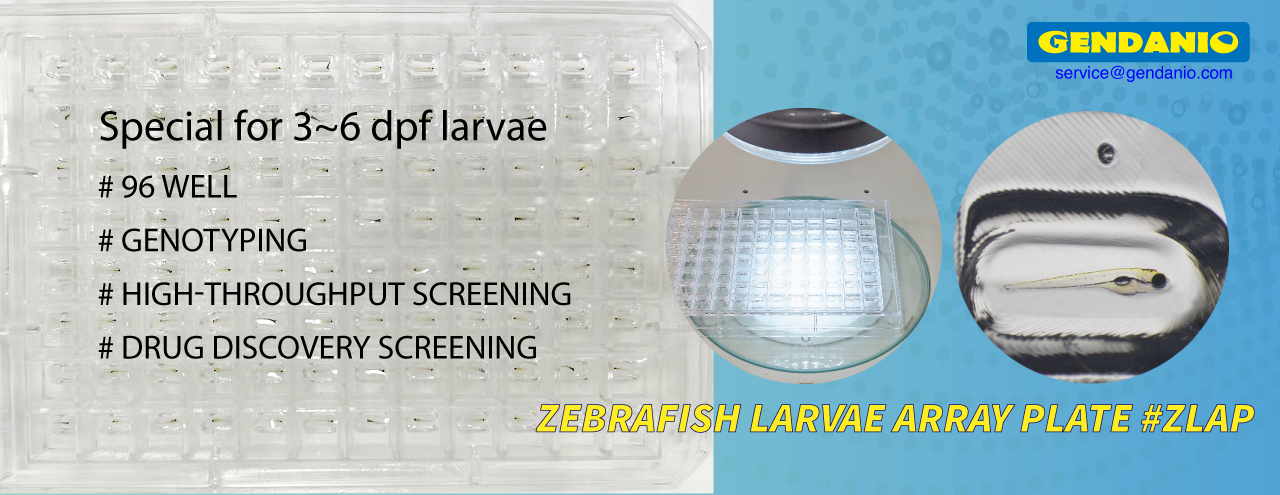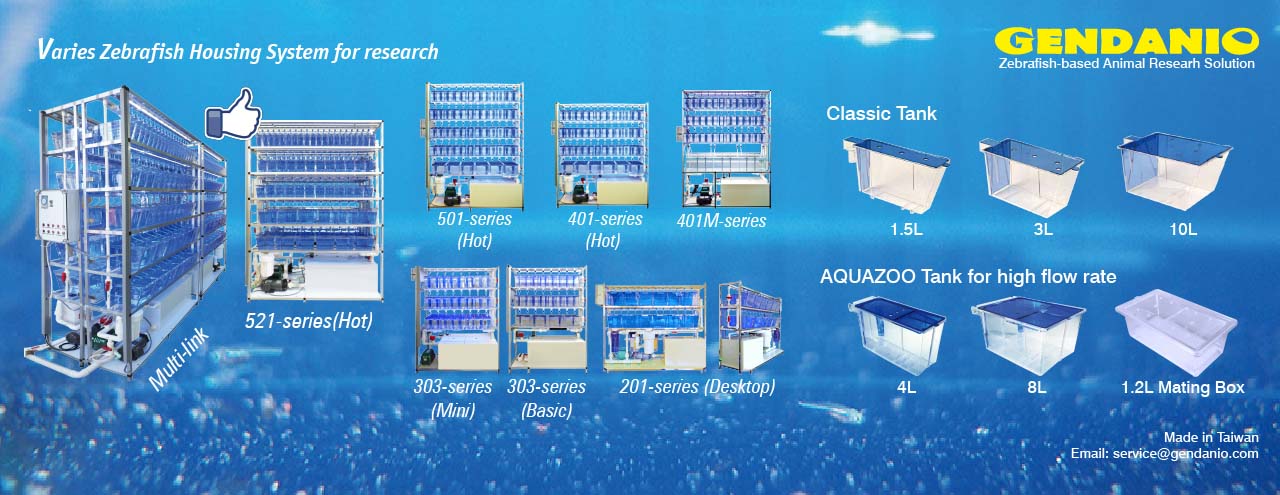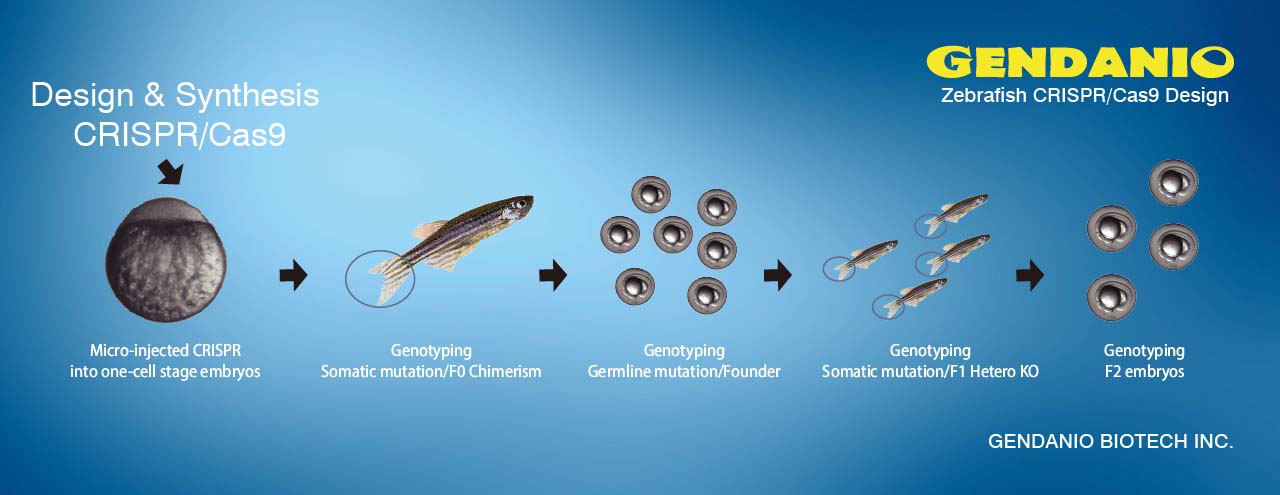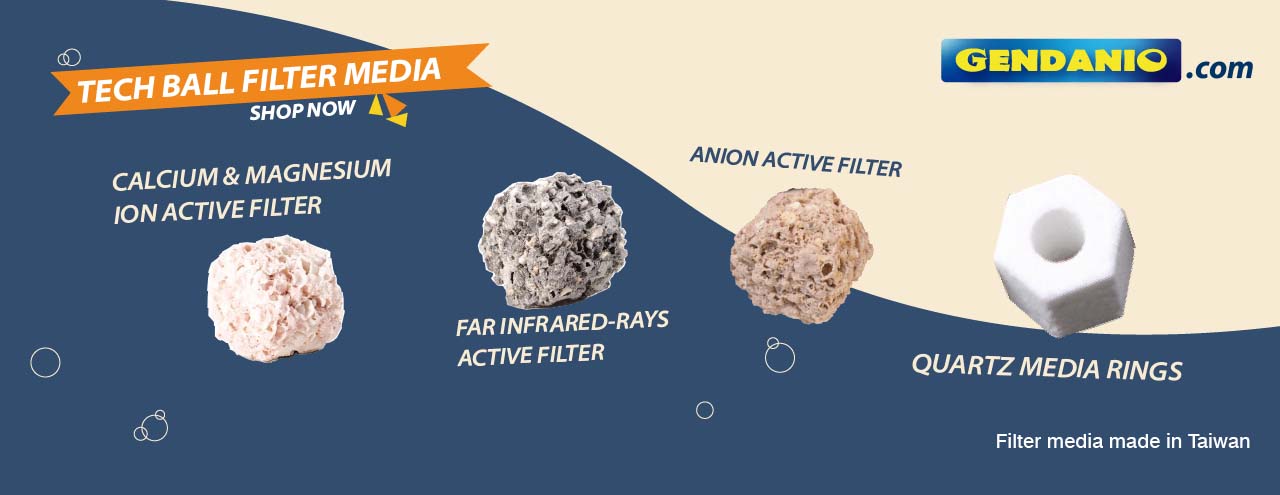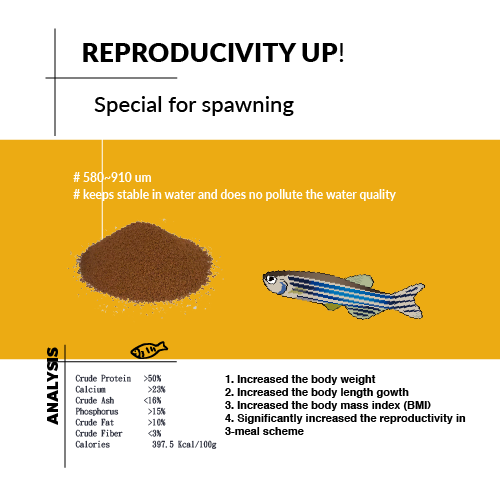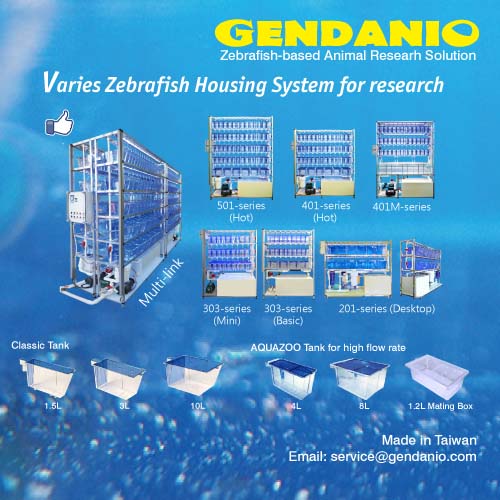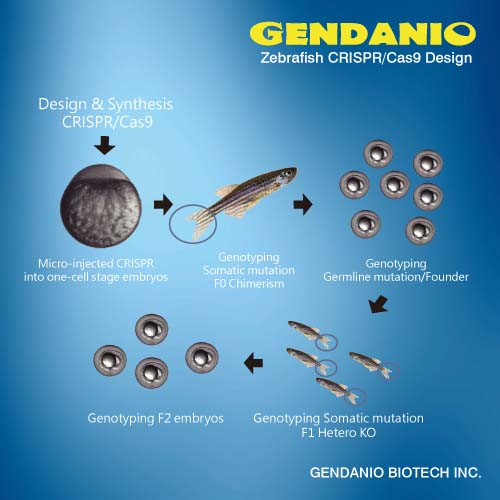ScienceDaily (Dec. 13, 2006) — All breast cancers are not created equal.
Inflammatory breast cancer (IBC) is the deadliest form of the disease, with fewer than half of those diagnosed today having a five-year prognosis for survival. To find out what drives this most aggressive of human breast cancers, and to rapidly screen for drugs that might stop IBC, researchers at the University of California, San Diego (UCSD), have come up with an unlikely yet extremely promising ally: a transparent fish suitable for xenografts.
More properly, it's a transgenic zebrafish, a tropical minnow native to streams around the Bay of Bengal and common to aquariums around the world, which was chemically treated to be immune suppressed. In recent years, the zebrafish has vaulted to the top as a laboratory model organism. The zebrafish is tough, easy to breed, and a vertebrate, just like us. Being immune suppressed, the transgenic fish allowed Konstantin Stoletov and colleagues at UCSD to insert a xenograft of human MDA breast cancer cells. Being transparent, the zebrafish's tissues gave them a window on live human cancer cells in action.
The researchers were particularly interested in the small GTPase RhoC that is overexpressed in highly metastatic forms of breast cancer. Using various fluorescent tags, they labeled human MDA breast cancer cells in two ways to mark the parental MDA cells and to mark tumor cells that overexpress RhoC. They injected both tumor cell lines into the immune-suppressed fish and watched the cancer's progress over several weeks. The tumor cells homed in on blood vessels, forming tumor-like aggregates and tapping into the fish's circulatory system by inducing an angiogenic response.
A separate fluorescent labeling allowed the researchers to simultaneously monitor the parental MDA cancer cells and the RhoC-overexpressing tumor cells in the context of the fish vasculature using high-resolution, multicolor confocal microscopy. While the parental MDA cells formed tightly packed aggregates, RhoC-overexpressing cells scattered within the fish tissue. RhoC overexpression also increased tumor cell membrane dynamics leading to continuous shedding of small cellular fragments.
The transparent fish also let the researchers make high-resolution 3D images of two potential anticancer compounds at work: a vascular endothelial growth factor (VEGF) receptor inhibitor called SU5416, and a protein kinase inhibitor called PP1. Analysis of compound and mock-treated animals revealed that SU5416 leads to shrinkage of tumor cells and tumor-induced vasculature, while PP1 mainly affects tumor cell survival.
In all, the researchers were delighted with their breast cancer model's ability to work as a real-time study window into IBC tumor behavior and as a rapid screening system for anticancer drugs. In the race against aggressive breast cancers, Stoletov and colleagues see their xenografted, genetically engineered zebrafish as a potential front runner.
Source: ScienceDaily

